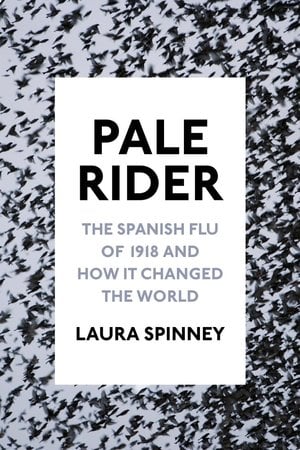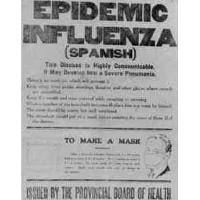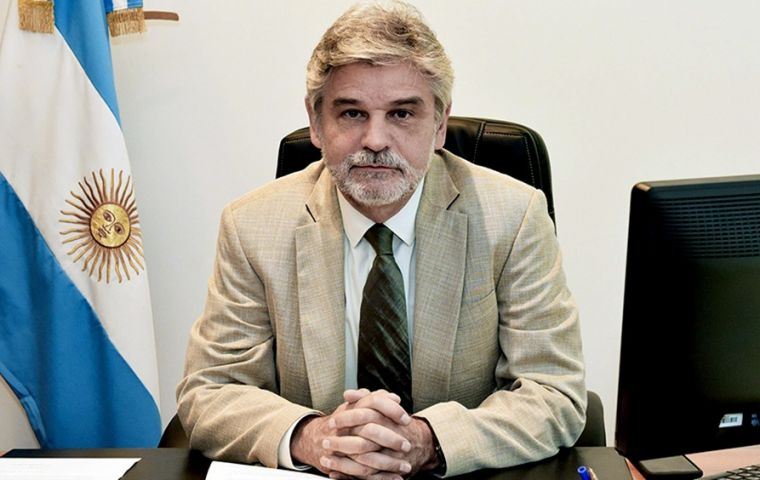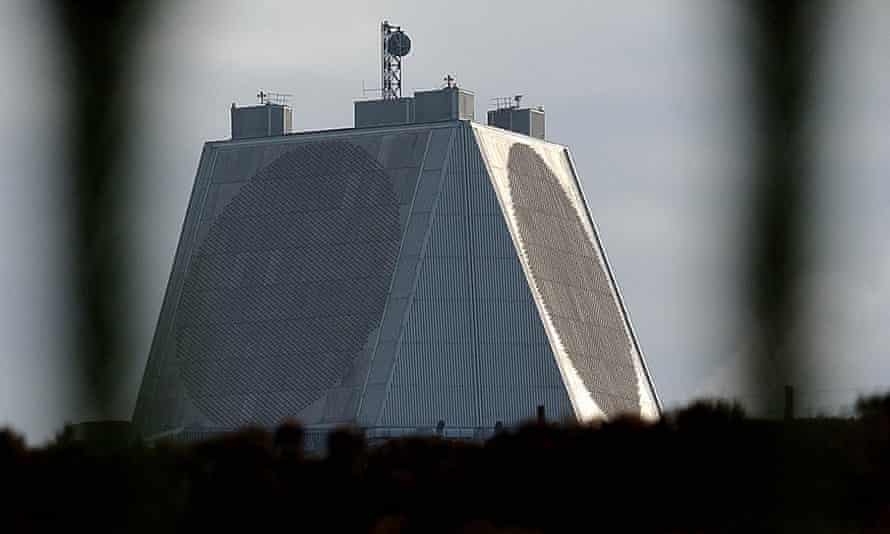COVID-19 vaccination: Examining negative dominance on social media
It's not all negative
Vaccine negativity and reluctance didn't just emerge during the COVID-19 pandemic. In a recent study published in the Disaster Medicine and Public Health Preparedness journal, authors from Loyola University Maryland and Johns Hopkins Bloomberg School of Public Health explored the appearance of negative dominance - a concept in which negative messages outweigh positive, solution-oriented messages in audiences' perceptions - in the context of COVID-19 vaccine-related information and activity online.
Prior research has looked at media coverage to identify vaccine concerns among the public and its impact on vaccine-related beliefs and behaviors, the spread of misinformation and fake news on the Internet, and the role of social media in aiding vaccine hesitancy, among others. Surprisingly, however, research to date has yet to explicitly explore negative dominance of vaccine-related information online using more recently developed tools for analyzing big data.
In the context of COVID-19, one of the greatest challenges for health and risk communicators has been dealing with the accompanying infodemic. The World Health Organization has defined the term as an overabundance of information, including false and misleading information, that causes confusion and can further threaten public health. In June 2020, 132 member states of the World Health Organization signed a cross-regional statement in which they declared the infodemic "as dangerous to human health and security as the pandemic itself." (Cross-Regional Statement) Social media platforms were used to spread mis- and disinformation, further exacerbating the infodemic. Adverse events related to the vaccine, such as reports of anaphylaxis and Bell's Palsy, gave fodder to those pushing anti-vaccination messages and promoting conspiracy theories. According to the study's lead-author, Dr. Paola Pascual-Ferrá of Loyola University Maryland, "While we did not find evidence of negative dominance of adverse events in the context of COVID-19 vaccine discourse on social media, that does not mean that there was no negative content circulating in social media platforms during the time we studied. What our study showed is that, compared to all other content, the number of posts focused on the adverse effects of COVID-19 vaccines, and levels of engagement for those posts, pale in comparison to all other content related to COVID-19 vaccines during the same time frame.
There are several potential explanations for this, which would require further research, but some of those explanations include the effectiveness of moderation efforts by the social media platforms to counter mis- and dis-information, as well as perhaps the emergence of new social norms that discourage people from promoting negative content."
Co-author Dr. Neil Alperstein of Loyola University Maryland reports that "After extracting posts from Facebook, Instagram and Reddit, with the Crowdtangle tool, we analyzed the data using Communalytic, a tool that, based on Google's Perspective API, measures the use of toxic language in online conversations."
Dr. Daniel Barnett, co-author, at Johns Hopkins Bloomberg School of Public Health notes that "This examination of online negative dominance during COVID-19 provides evidence-based insights that public health agencies can apply toward their crisis risk communication efforts in pandemic contexts. More broadly, this study also highlights the relevance of research on gauging online public sentiment during public health emergencies and the need for further examination of the degree of online negative dominance in current and future public health crises."
###











